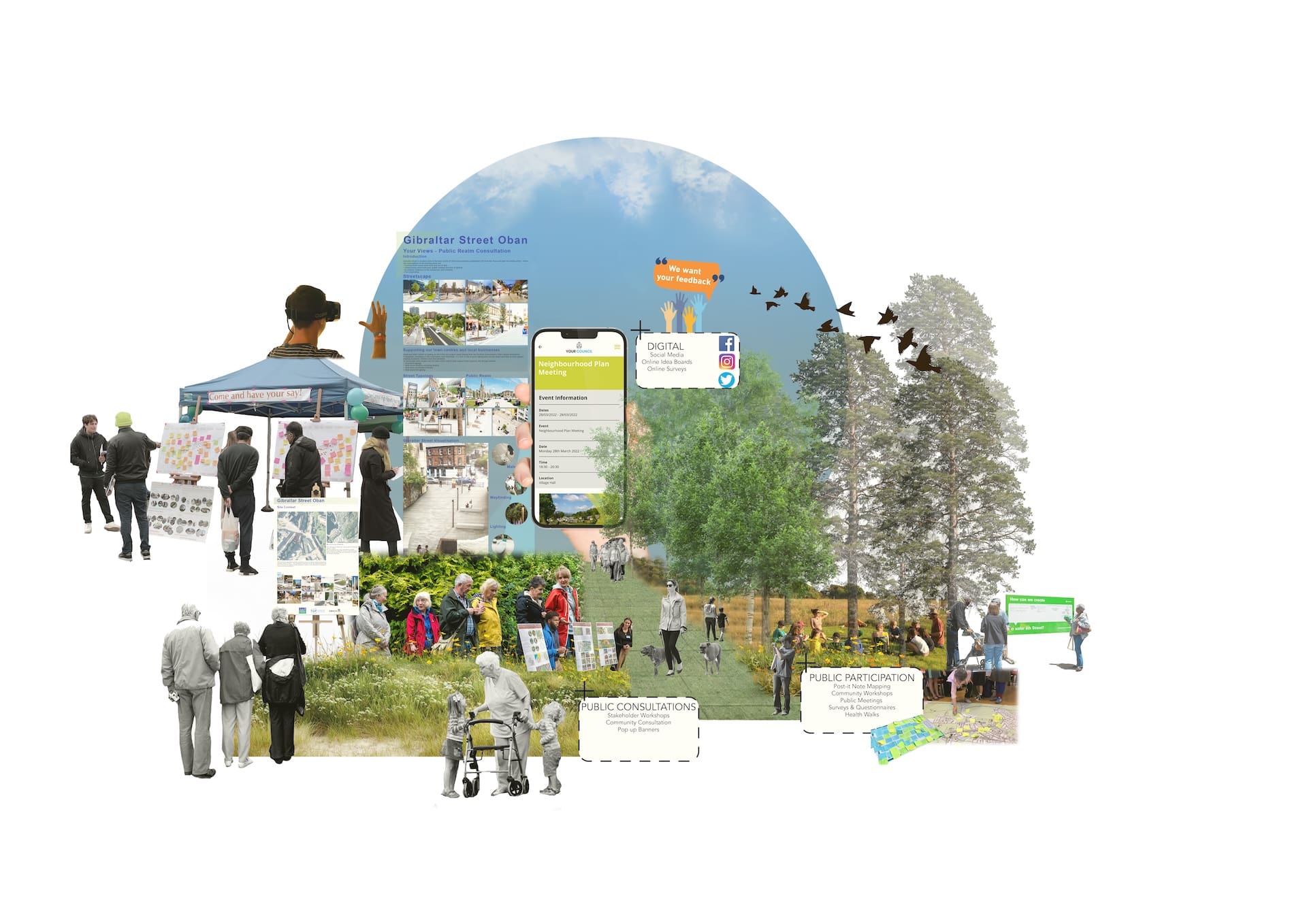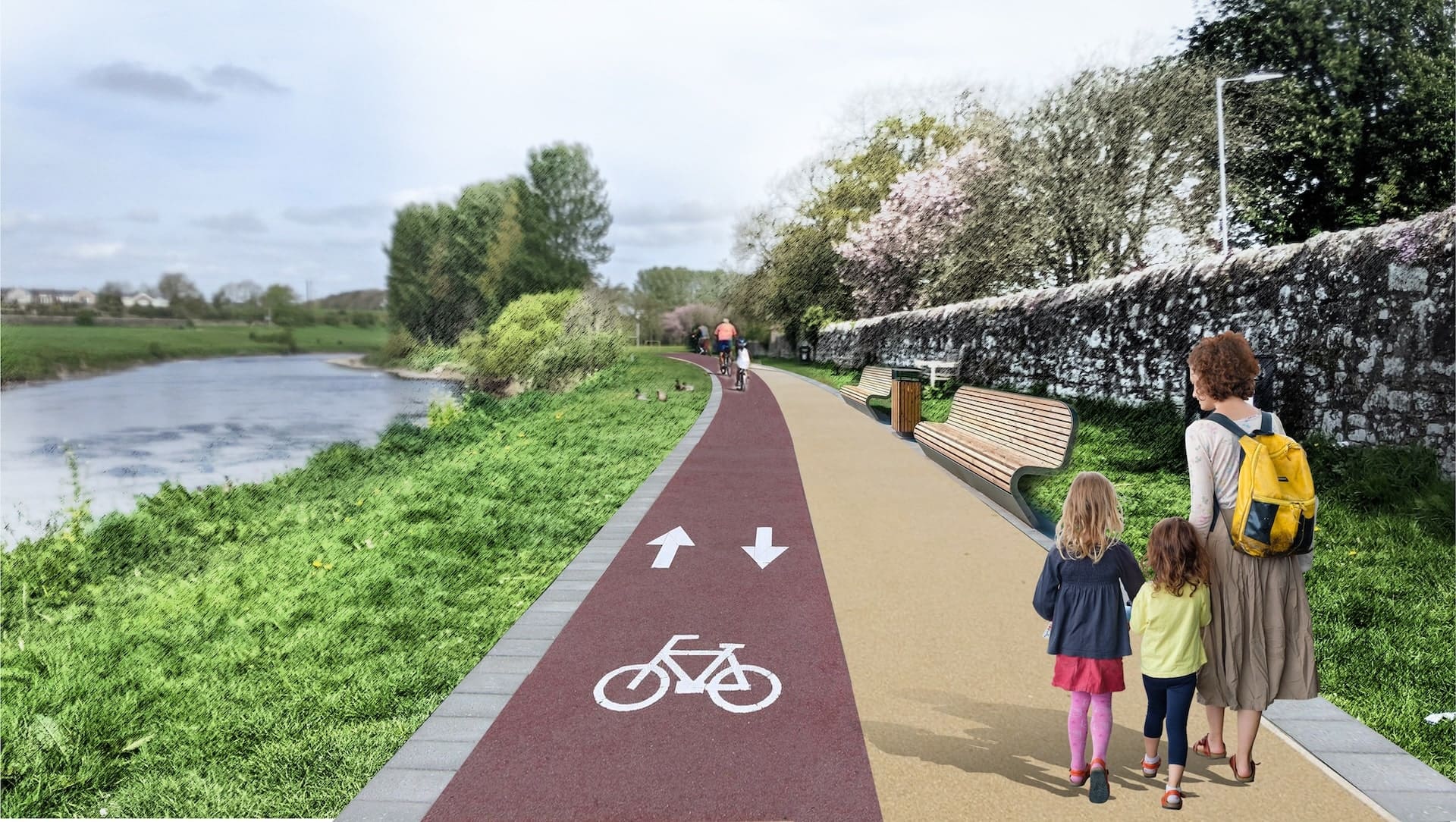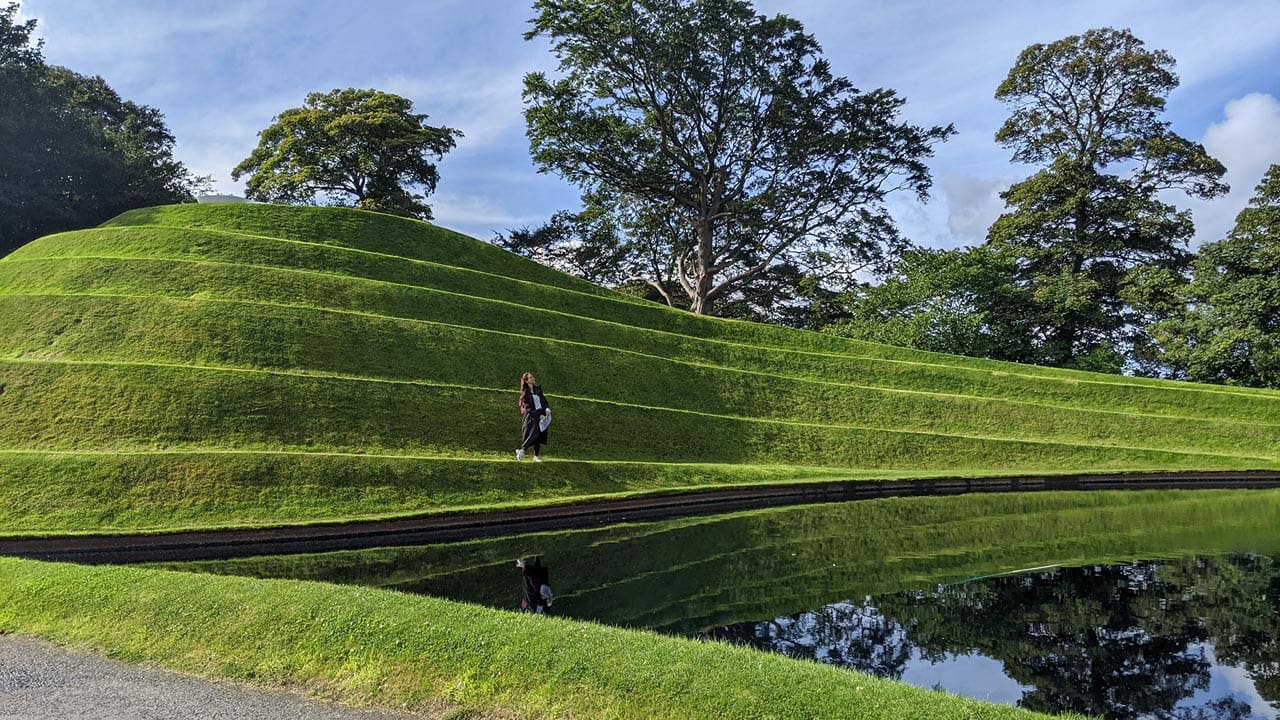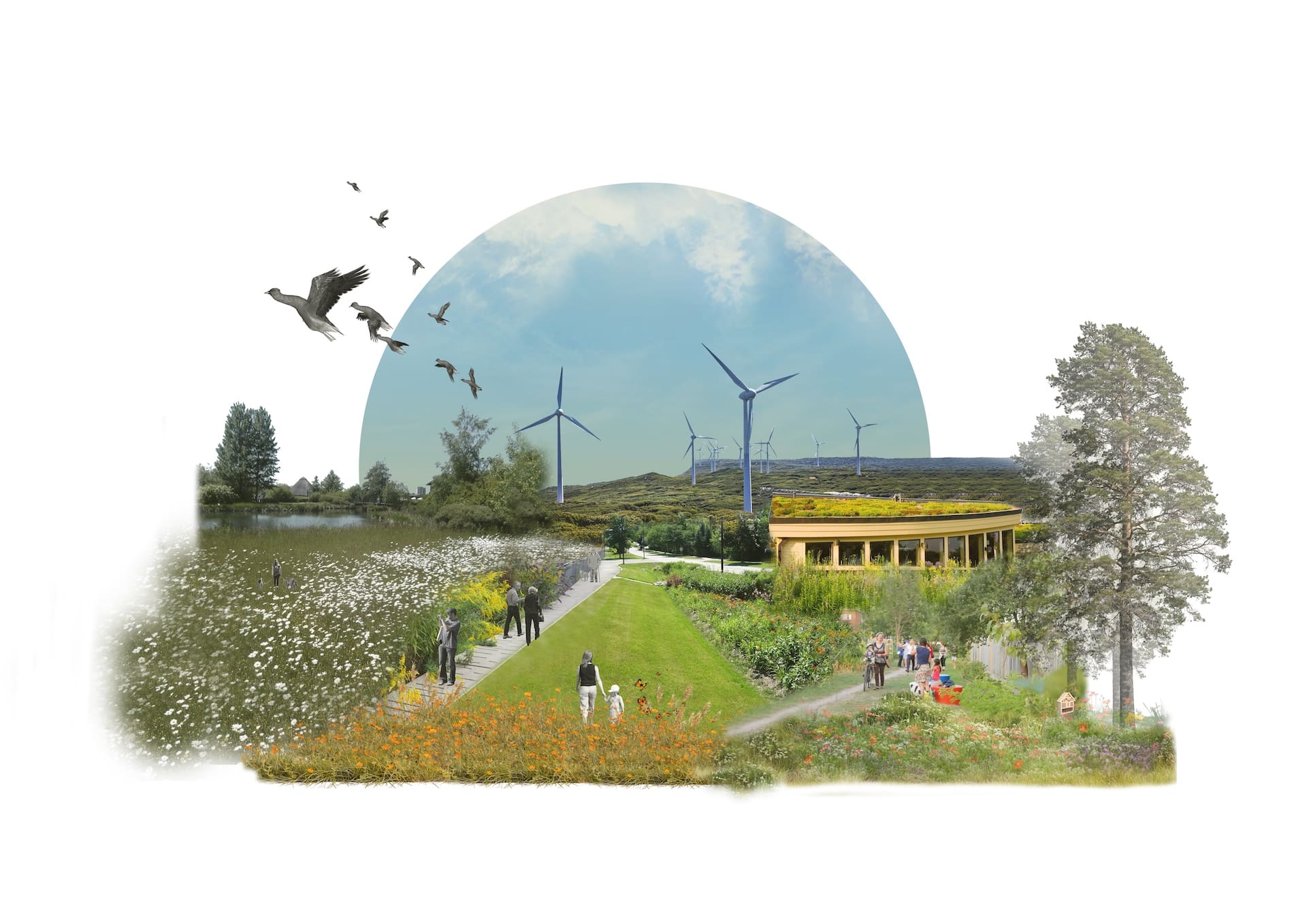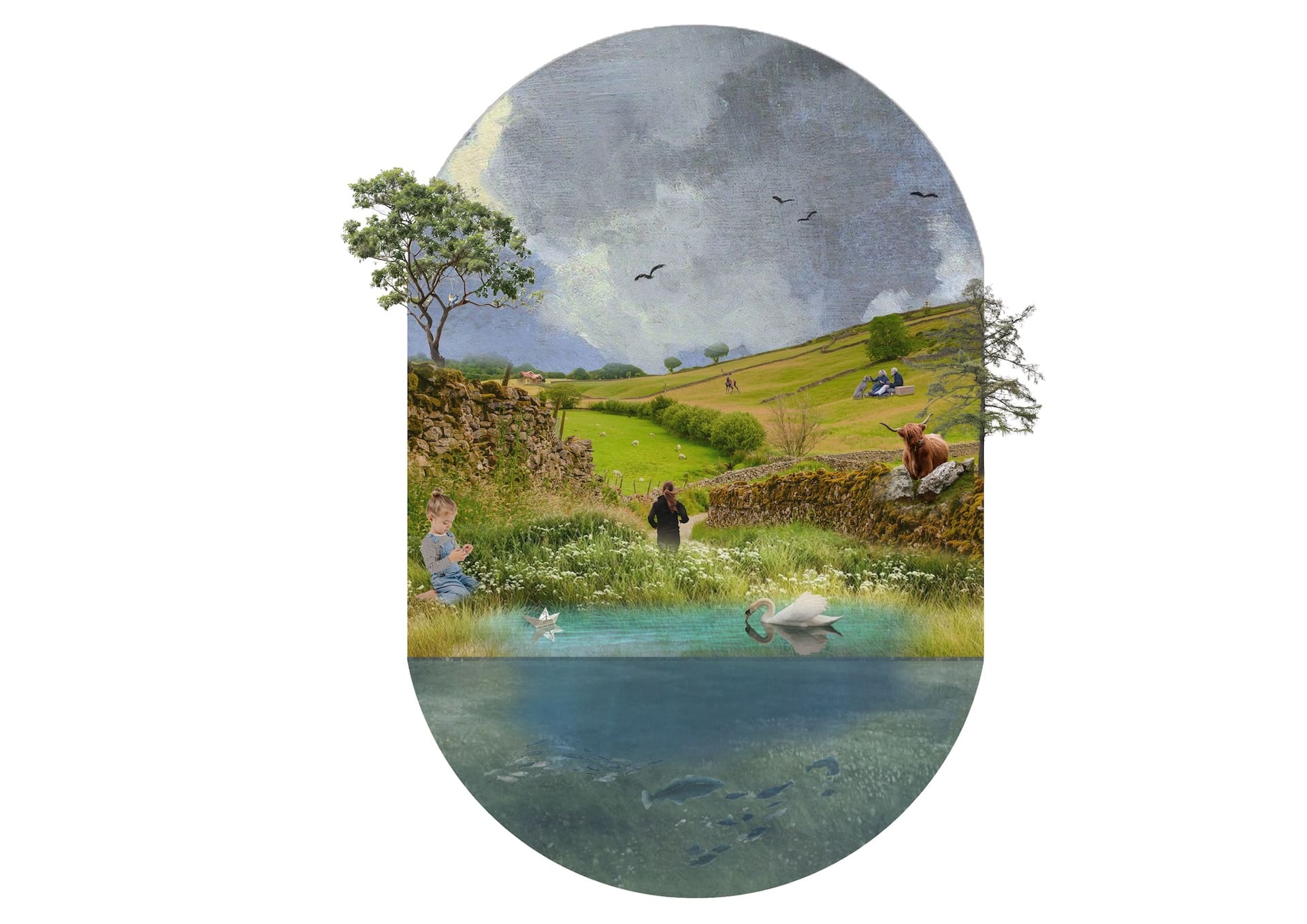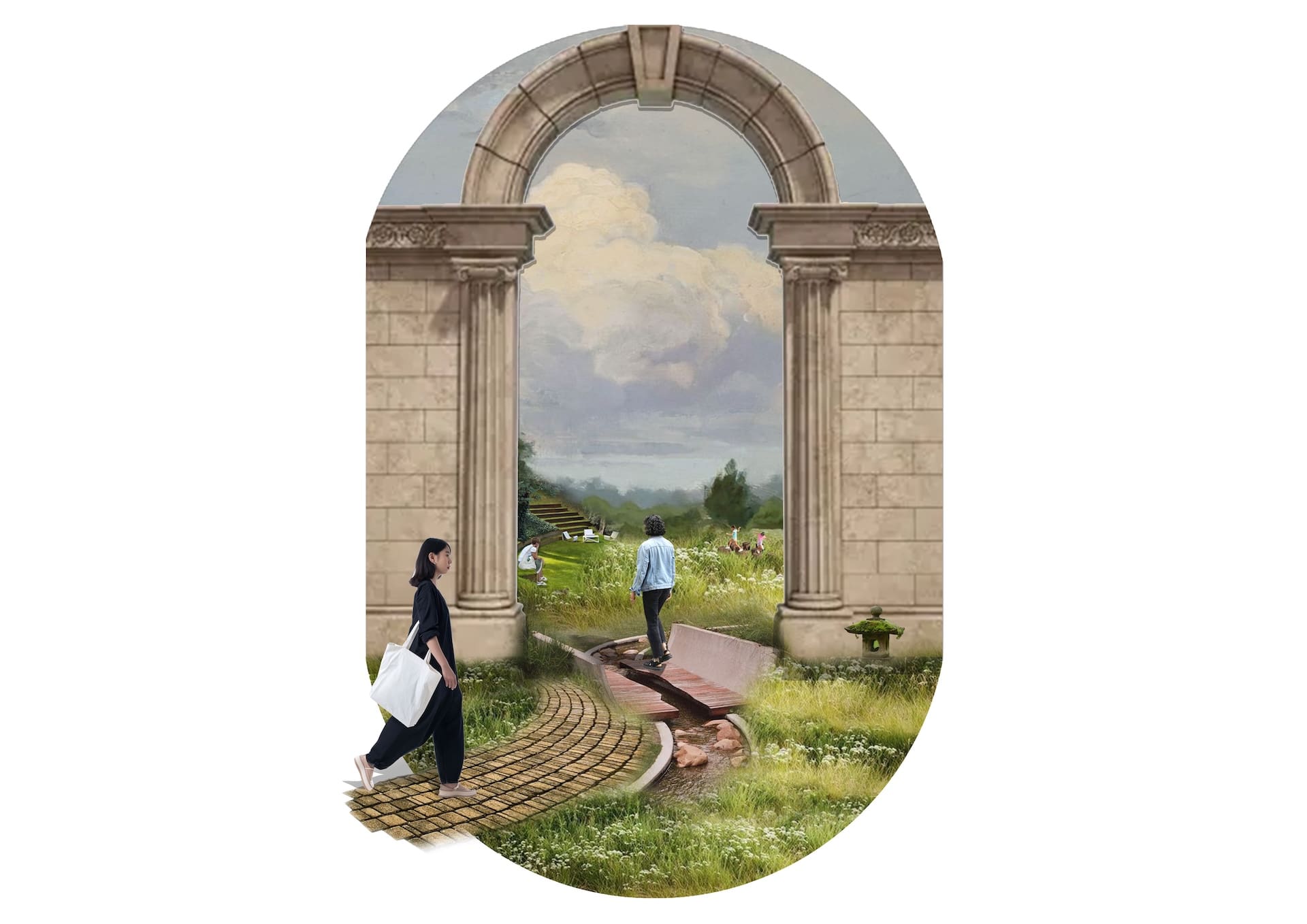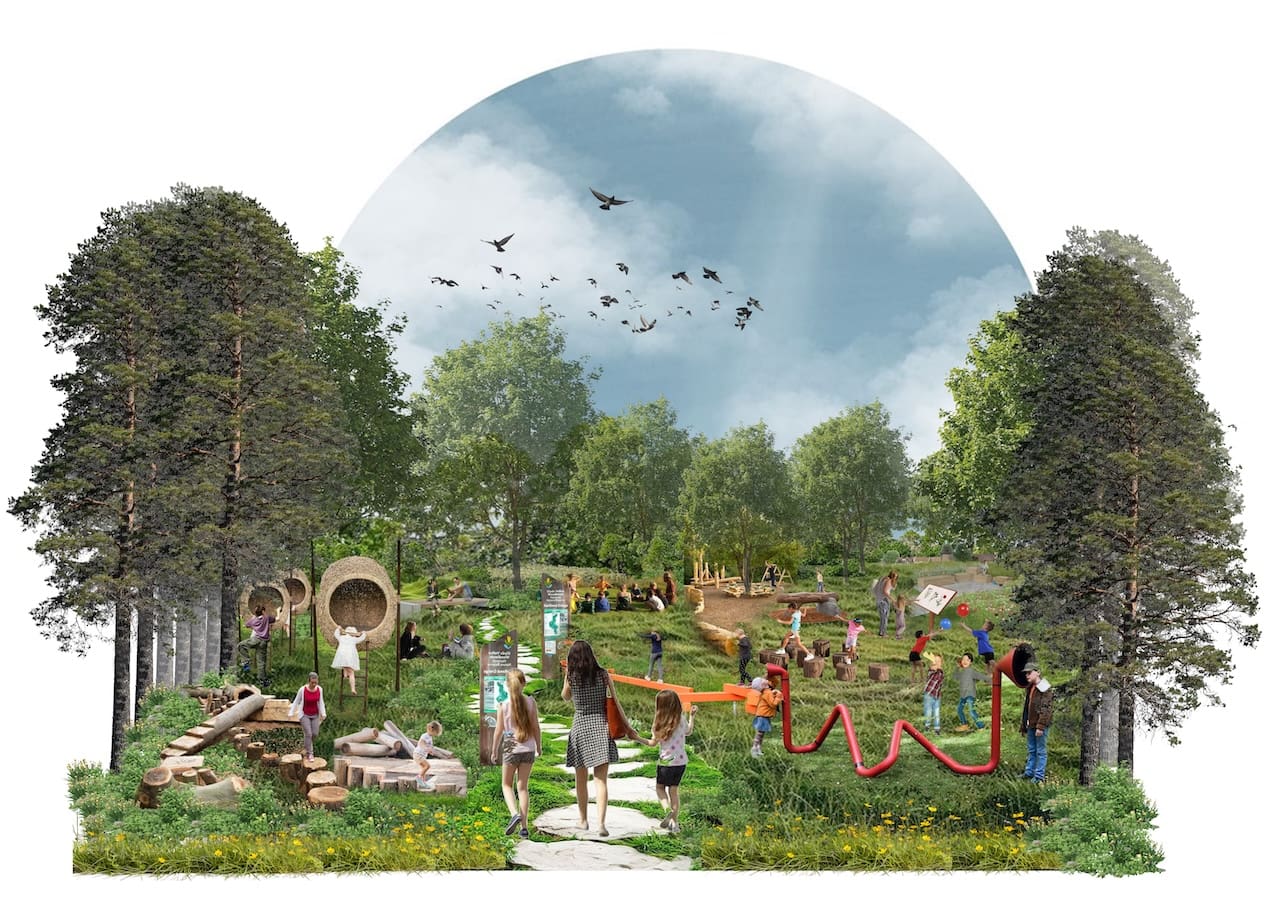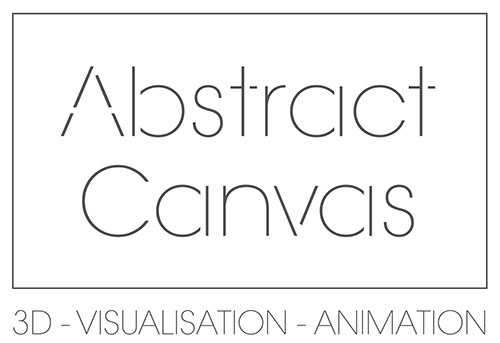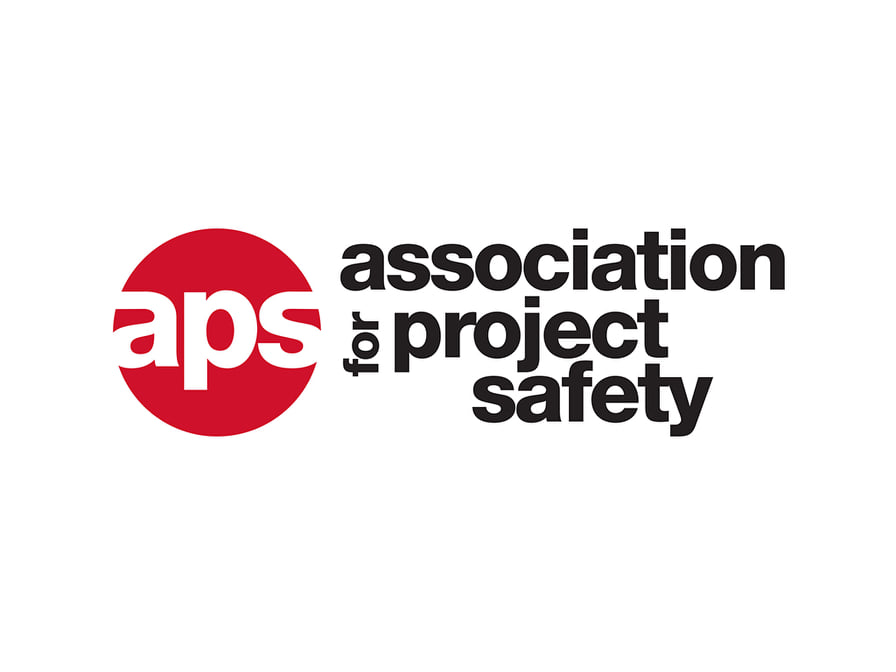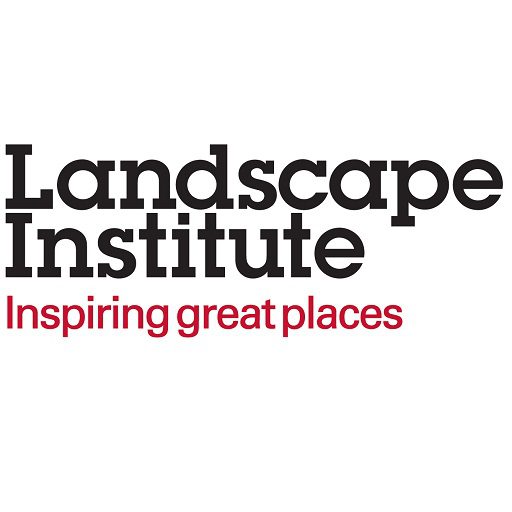Written by Rashmi Pai Dongerkerry
Community Partnership in landscape architecture plays a vital role in creating inclusive, sustainable, and meaningful outdoor spaces.
It involves actively involving residents, stakeholders, and local organisations in the planning, design, and maintenance of landscapes, ensuring the outcome reflects the values, needs, and identities of the community. Our community engagement approach will incorporate a diverse range of methods to ensure inclusive and meaningful participation. Pop-up boards will be placed in key public locations to gather immediate feedback in an accessible way. Public consultations will provide open forums for residents to share their views and influence decisions. Workshops will offer collaborative spaces for co-design and problem-solving, while health walks will create informal opportunities for discussion in local settings. To capture a broader range of input, questionnaires and surveys will be distributed both online and in print. Social media channels are actively used to share updates, encourage dialogue, and engage harder-to-reach groups.
Additionally, stakeholder workshops will bring together key partners, local organisations, and service providers to align on priorities and share insights. This multi-faceted approach is designed to ensure that all voices within the community are heard and valued throughout the engagement process.
TGP has been working actively on a variety of projects over many years that include stakeholder workshops, public consultations, and health walks that help with the design development during the design process. Local residents possess valuable knowledge and lived experience of their community and local area, making their input essential to successful and responsive planning. Their insights into daily life, local challenges, and community assets can significantly enrich the design process, ensuring that outcomes reflect needs and priorities. Engaging residents early on and consistently throughout the design process fosters a sense of ownership and trust and helps to identify opportunities or concerns that might be otherwise overlooked.
By involving the community from the outset and maintaining ongoing dialogue, we can co-create solutions that are more inclusive, practical, and sustainable – grounded in the realities of the people who know the area best.
